CBP One: Will this glitchy mobile app work for asylum seekers after Title 42 goes away?
NOGALES, SONORA — Dervish Lopez was desperate.
Lopez walked past abandoned dead bodies as he hiked through the treacherous Darién Gap, one of the world’s most dangerous migration routes that links Panama and Colombia. He was robbed by bandits and two women in his group were sexually assaulted, he said.
Lopez traversed seven countries in nearly two months to arrive in Matamoros, Tamaulipas, Mexico. He faced hunger, corruption and deadly criminal organizations along his journey from Venezuela.
When he arrived to the U.S.-Mexico border, he was confronted with one more obstacle, a troubled government mobile application called CBP One.
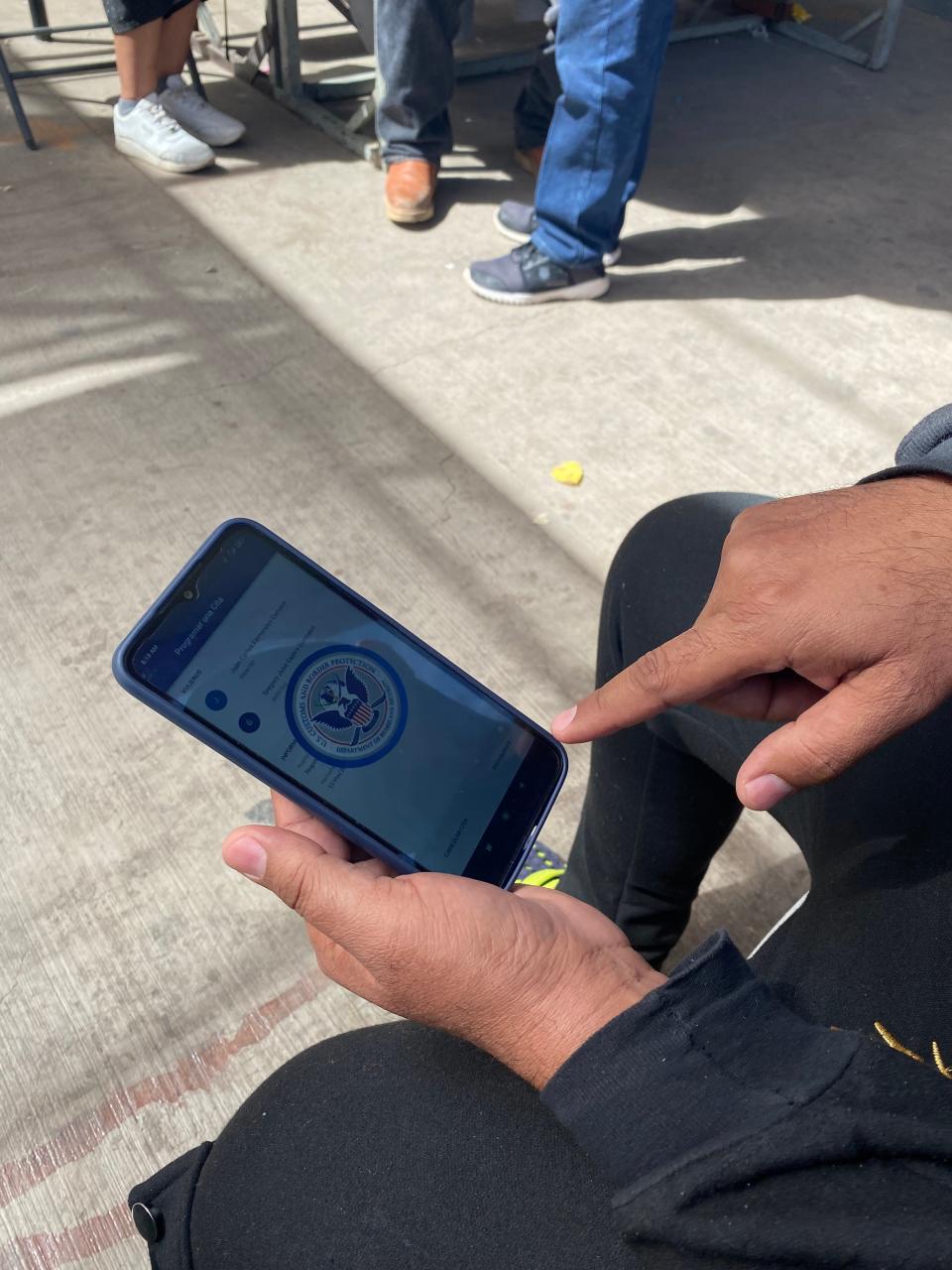
After weeks of trying to book an appointment, Lopez gave into his desperation and crossed in between ports of entry to present himself to Border Patrol agents and request asylum. He was quickly apprehended and expelled back into Mexico through Nogales, Sonora, about 900 miles away from where he had first arrived.
His desperation is not unique.
Thousands of migrants have used the app to request exemptions from Title 42 and schedule appointments with immigration officers at ports of entry. About 83,000 people have been able to schedule CBP One appointments since the app began offering them in January, Homeland Security Secretary Alejandro Mayorkas said Wednesday during a news conference.
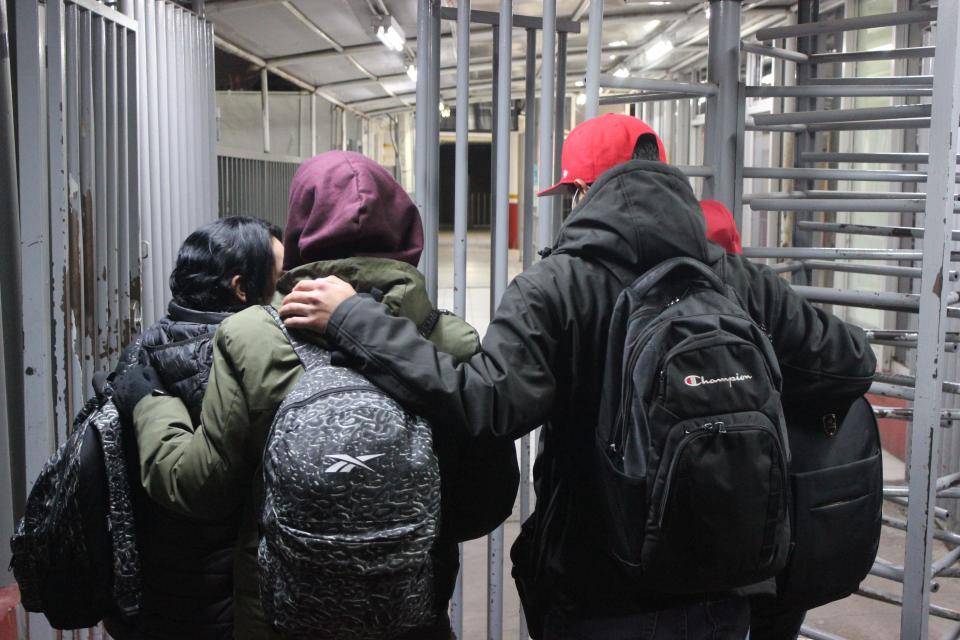
Title 42 has allowed border officials to rapidly expel migrants to Mexico or their home countries within a matter of hours. The restriction largely closed ports of entry to asylum seekers for more than three years.
When Title 42 is poised to lift late Thursday, nearly all asylum seekers will be expected to use the app to seek asylum in the country. The transition may be difficult because the glitchy app has been rife with problems and setbacks for migrants since it was launched.
CBP One: This family fled Mexico and sought asylum through an app. Not everyone is so lucky
U.S. Customs and Border Protection recently announced expansions to the app meant to help accommodate the increased number of users and improve the process.
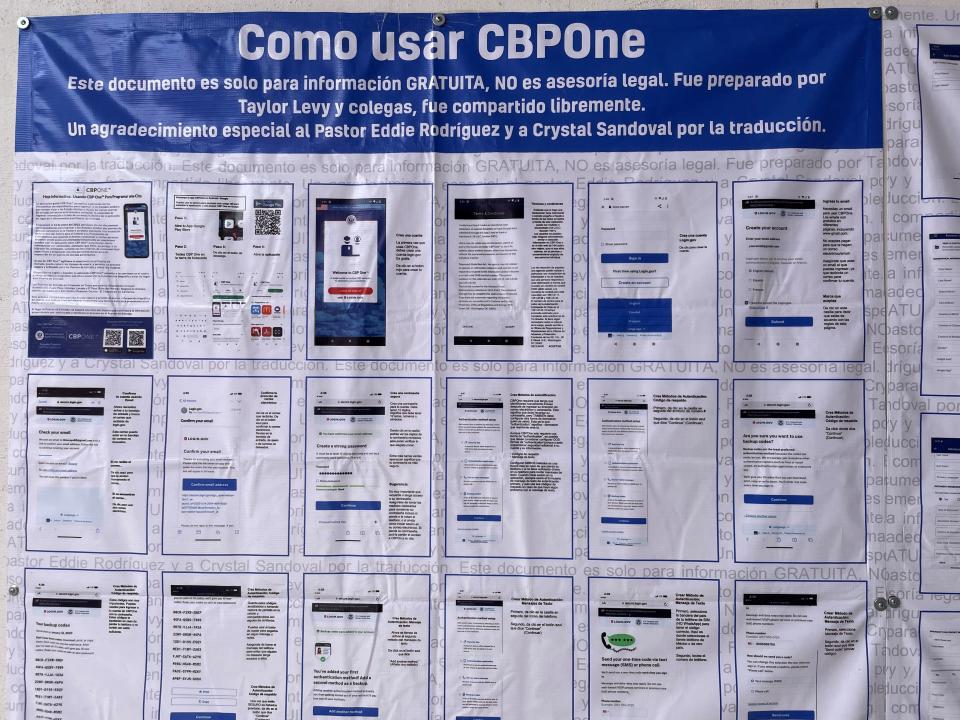
Still, advocates and experts have criticized the app’s function as one of the only ways to seek asylum in the U.S. going forward. While they’re supportive of its streamlining capability, it should only be one of many pathways to seek protection, advocates say.
“The requirement that CBP One be used in order to access asylum or be presumptively barred, I think, is an issue in and of itself, regardless of how CBP One functions,” said Alex Miller, director of the Immigration Justice Campaign at the American Immigration Council.
Amnesty International, a human rights organization, called the mandatory use of the app as the sole means to seek asylum as a violation of international human rights law.
'The days are running out': Issues persist days before Title 42 expires
Lopez tried to book a CBP One appointment for over three weeks in Matamoros.
Every day, he failed.
After weeks with no success, Lopez decided to cross the border between ports of entry to seek asylum. He jumped into the Rio Grande, was apprehended by agents and taken into CBP custody for four days.
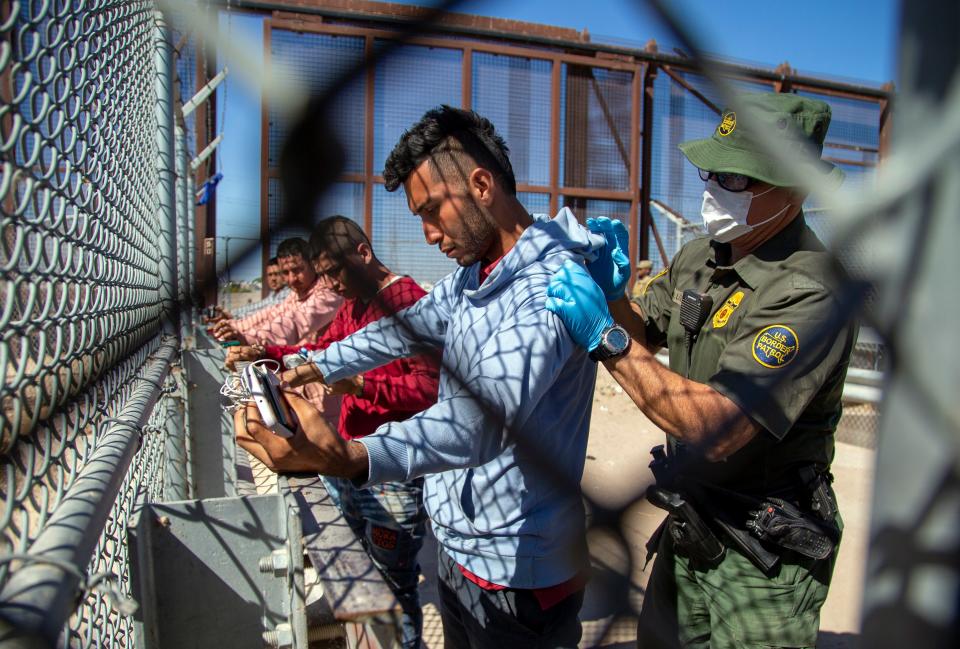
Lopez slept on the floor of the detention center with no possibility to shower during his days-long stay, he said. He was soon handcuffed by his hands, feet and waist and flown to Arizona where he was laterally expelled back into Mexico.
What is Title 42 and is it ending? : The US border immigration policy, explained
He now sat outside the Kino Border Initiative migrant shelter in Nogales, Sonora, where, just a couple days before, he managed to book an appointment to request asylum in El Paso on May 13.
Not everyone is so lucky.
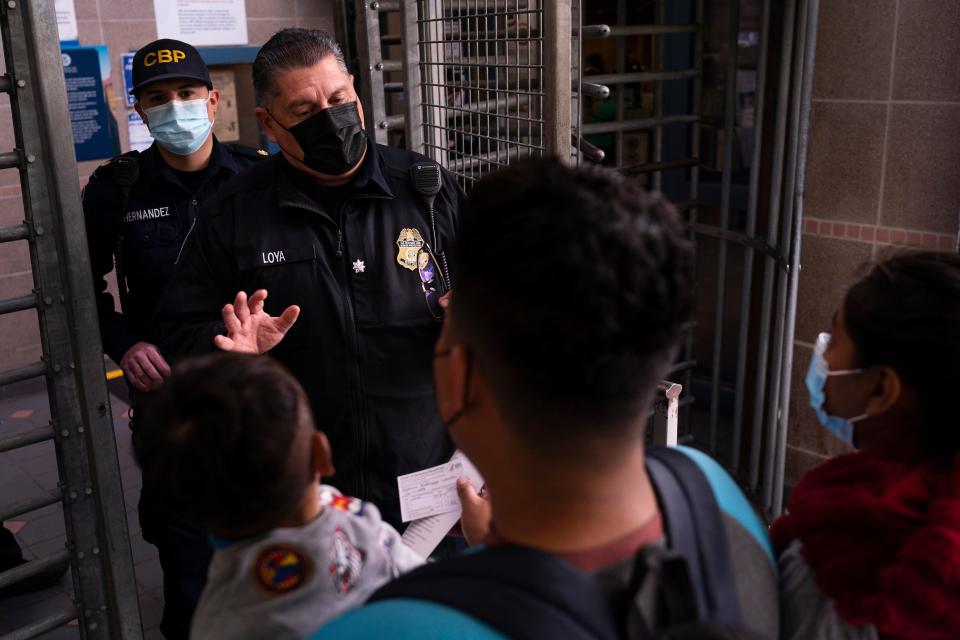
Migrants receive numerous error messages and are kicked out of the app during critical points in the process. The app buffers and crashes constantly, especially during the part where migrants have to take a picture of themselves.
Juan Fernandez, another migrant from Venezuela, stood near Lopez. Both Lopez and Fernandez had been expelled five days earlier into Nogales.
Fernandez had tried to cross through Matamoros after traveling for more than a month. When Fernandez reached Mexico City about 20 days prior, he began applying for an appointment every day.
He hasn’t managed to book one yet.
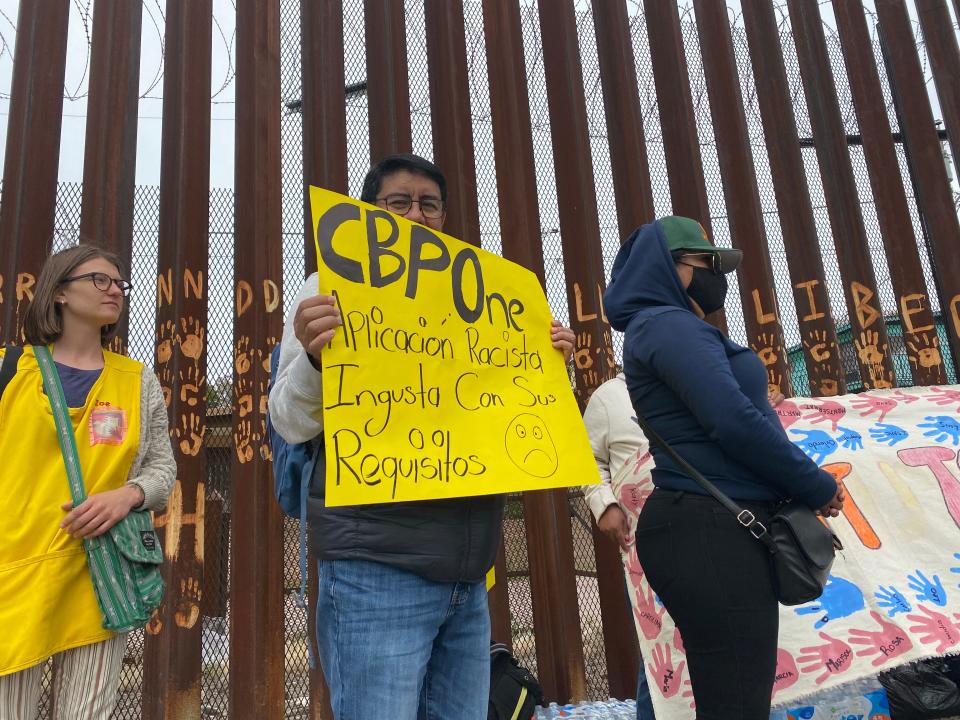
The app buffers constantly and Fernandez has been repeatedly kicked out of the app. He’s managed to get to the appointment booking step four times before the app freezes, fails or kicks him out, he said.
The process hasn’t been “easy nor successful,” Fernandez said.
“We feel frustrated and the days are running out,” Fernandez said. “We no longer have recourse, we have suffered a lot of persecution, they have swindled us, we have been afraid.”
Humanitarian response: Title 42 is ending. Here's how Phoenix humanitarian groups are preparing
The app shows an error message and buffers for 30 minutes to 45 minutes before it lets Fernandez take a picture of himself to apply, he said. The repeated updates to the app haven't worked either, he added.
“We deserve an opportunity to be registered, because there have been Venezuelan people who perhaps have things to contribute in the United States,” Fernandez said.
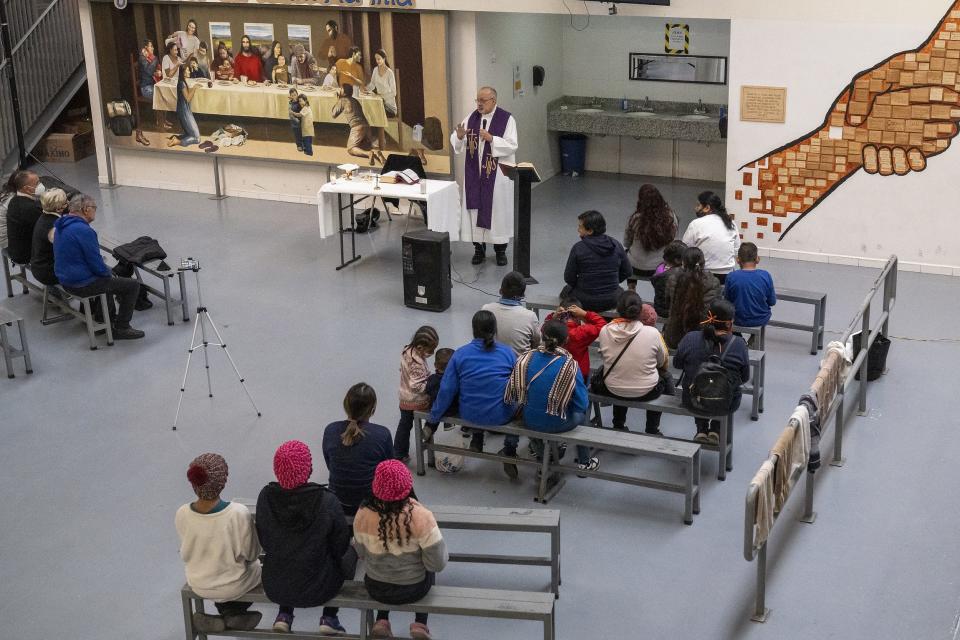
A number of people are still not even aware that CBP One exists, according to Gia Del Pino, communications director for the Kino Border Initiative. The shelter has been providing digital workshops to migrants in order to help them use the app.
“At this point, the people that have been struggling here since January, since the application was reinitiated, they're experts in this app, but they still can't program an appointment,” Del Pino said.
Appointments are gone within minutes every day as migrants scramble to navigate the tedious process to request an appointment. The app has separated families and has had issues recognizing people with darker skin tones.
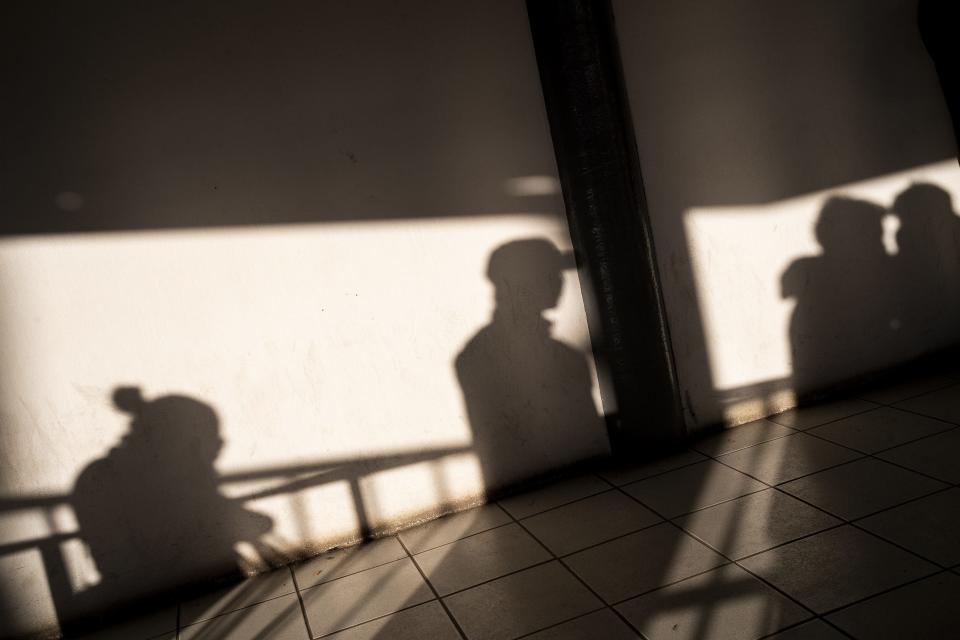
The app favors migrants with better internet connections and higher quality smartphones leading to disparities in who is getting an appointment, advocates say. CBP One poses a significant obstacle to migrants who don’t have a smartphone or who aren’t tech savvy enough to navigate the intricate process.
“There is one assumption that CBP One is equitable and it isn't,” said Ariel Ruiz Soto, policy analyst at the Migration Policy Institute.
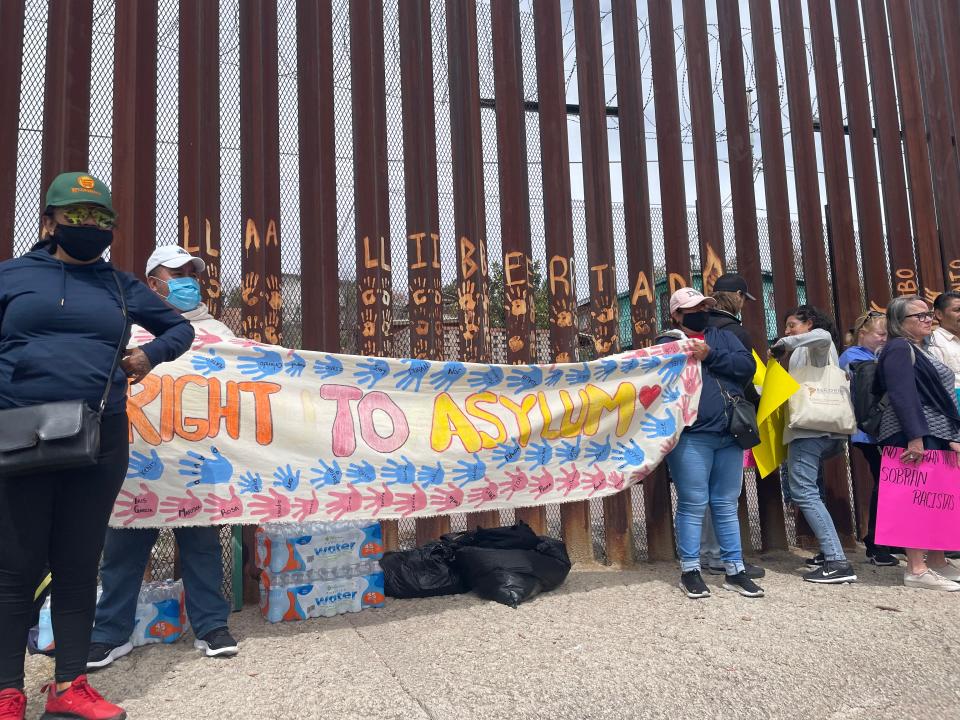
Soto documented migrants, who had four or five different email accounts, trying to book an appointment with three different phones in front of them during a field visit in Reynosa, Mexico.
“It's intended to be a random selection, when in fact the inequities around it make it not very random,” he said.
CBP announces expansions to app ahead of Title 42's end
Beginning Wednesday, appointments will be available for 23 hours each day instead of one short designated time frame. If someone snags an appointment slot, they’ll have another 23 hours to confirm it.
Previously, appointments were only available at a specific time each morning.
Southern Arizona: Immigrants already being released in southern Arizona, bussed to Tucson, as Title 42 end nears
CBP will also expand the number of daily appointments available to 1,000 a day starting Friday. The app will now prioritize users who have been waiting the longest to receive an appointment.
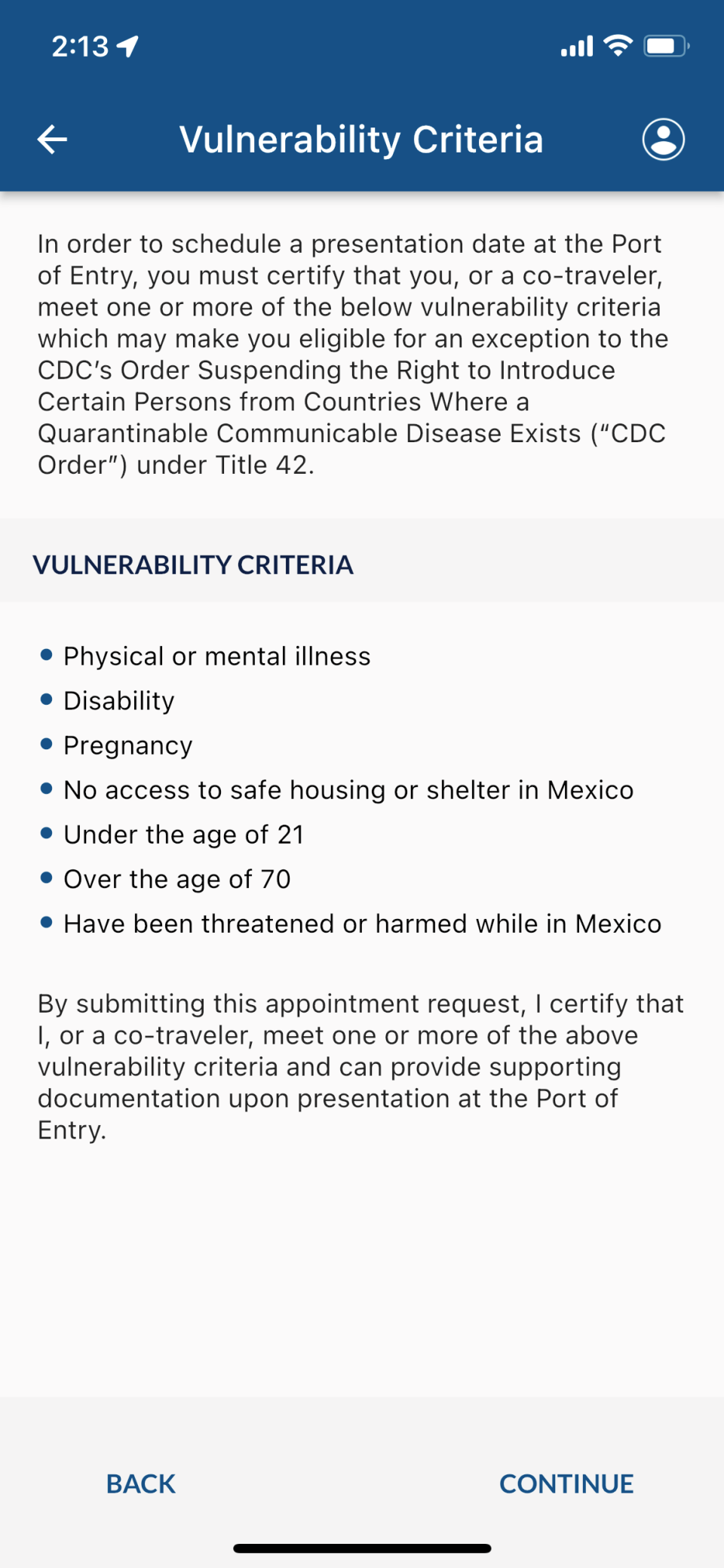
The new functions will give migrants more time to navigate the app while giving priority to migrants who have been trying to get an appointment for weeks or months, per CBP.
CBP also added new features to make it easier for families to schedule appointments as a group and implemented Haitian Creole as an available language in the app.
Nogales is the only Arizona port where it’s possible to schedule appointments.
Have a news tip or story idea about the border and its communities? Contact the reporter at josecastaneda@arizonarepublic.com or connect with him on Twitter @joseicastaneda.
This article originally appeared on Arizona Republic: Will the CBP One asylum app work for asylum seekers after Title 42?

